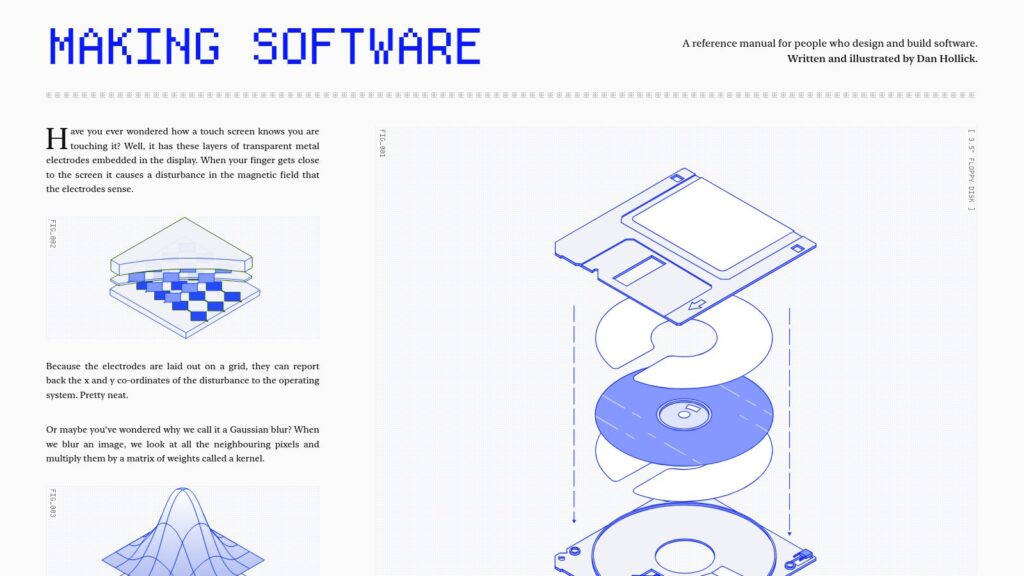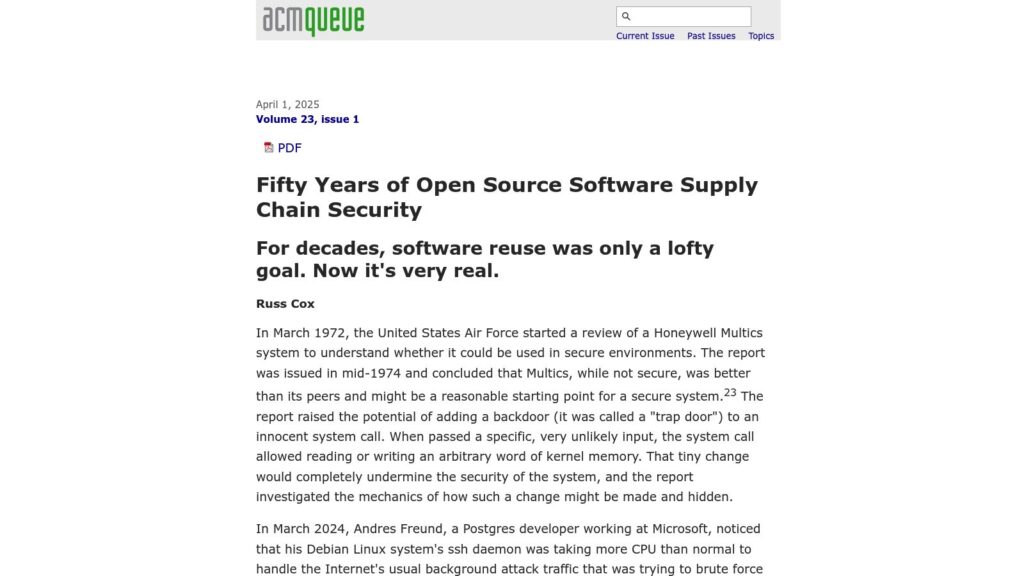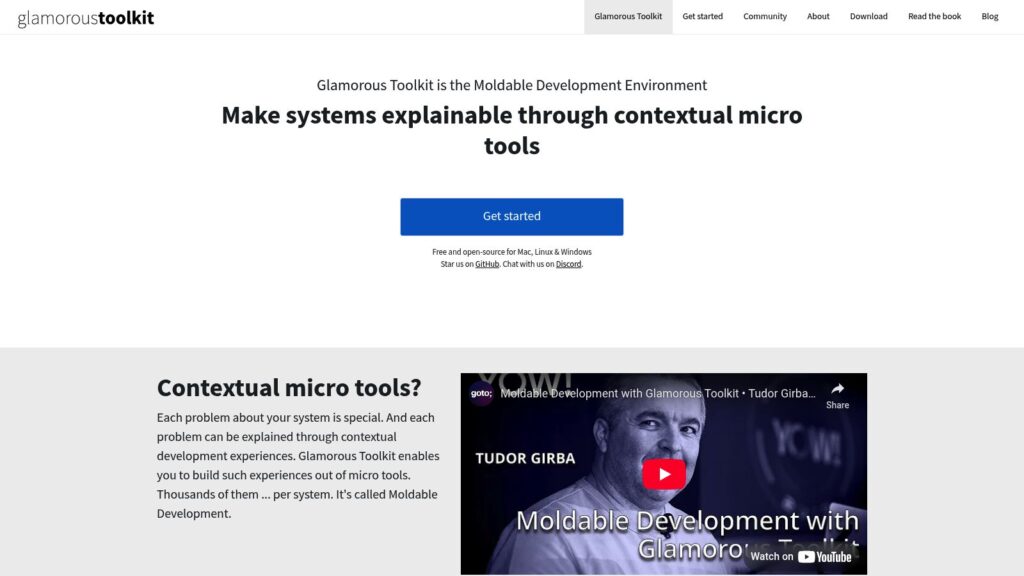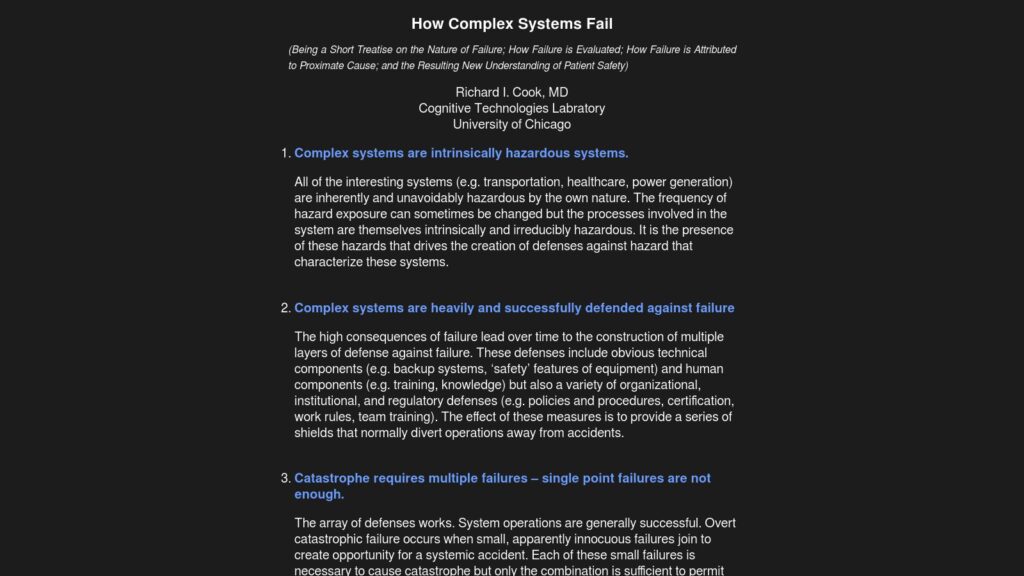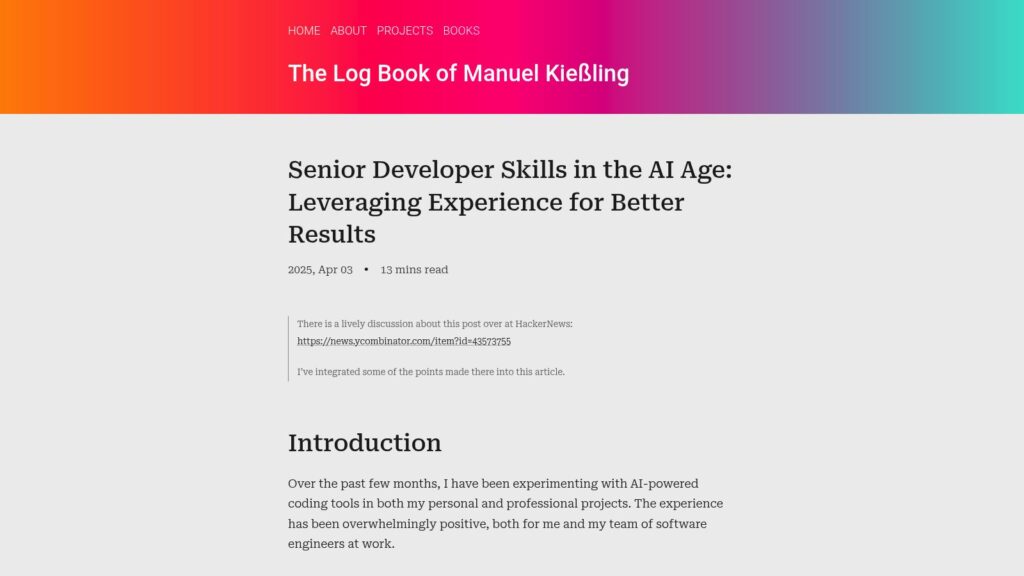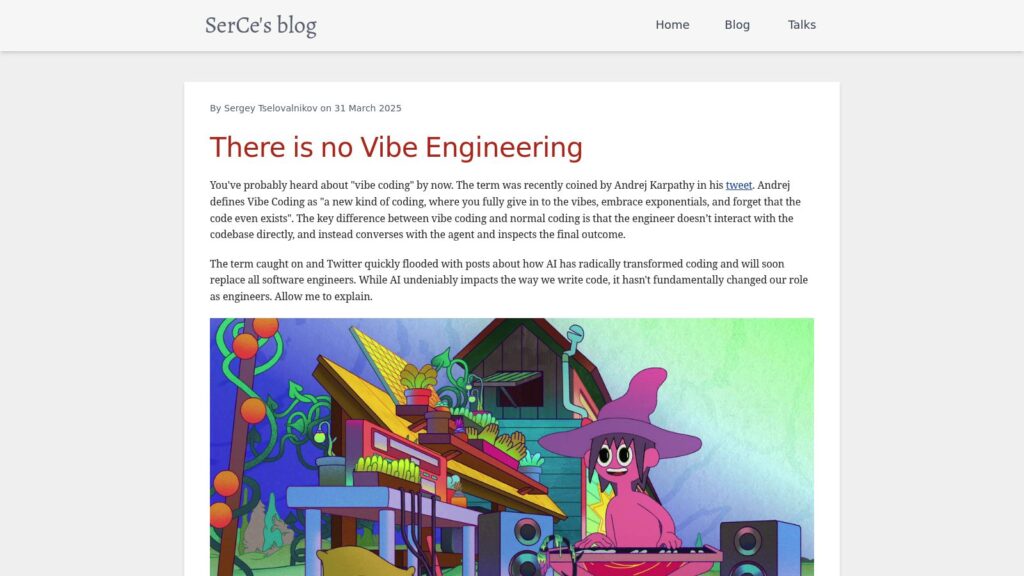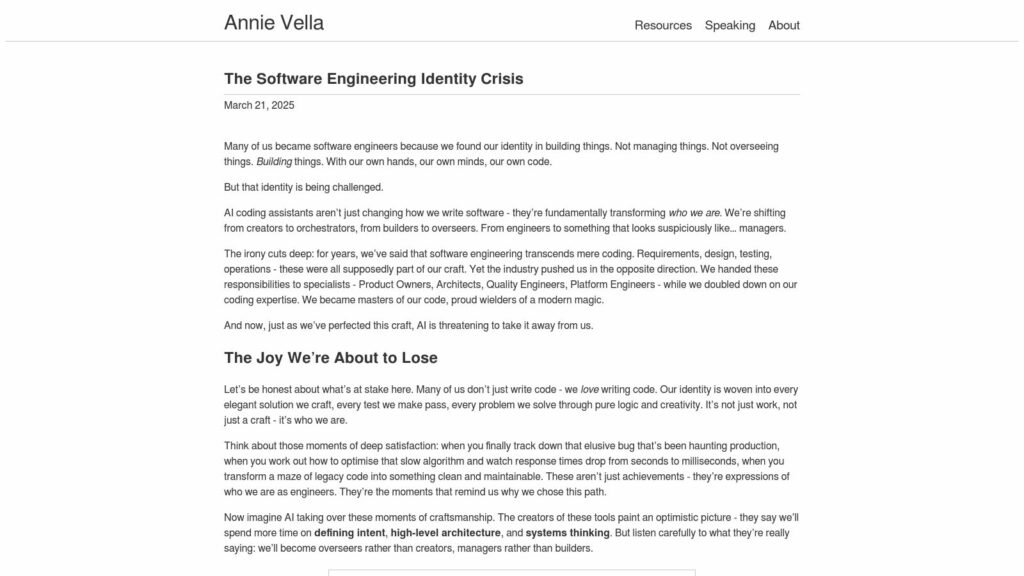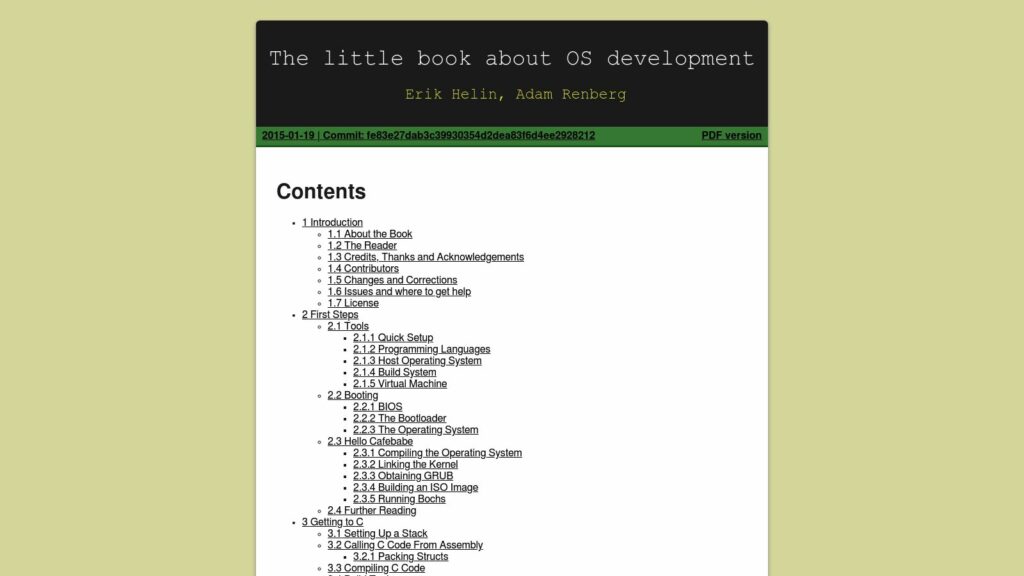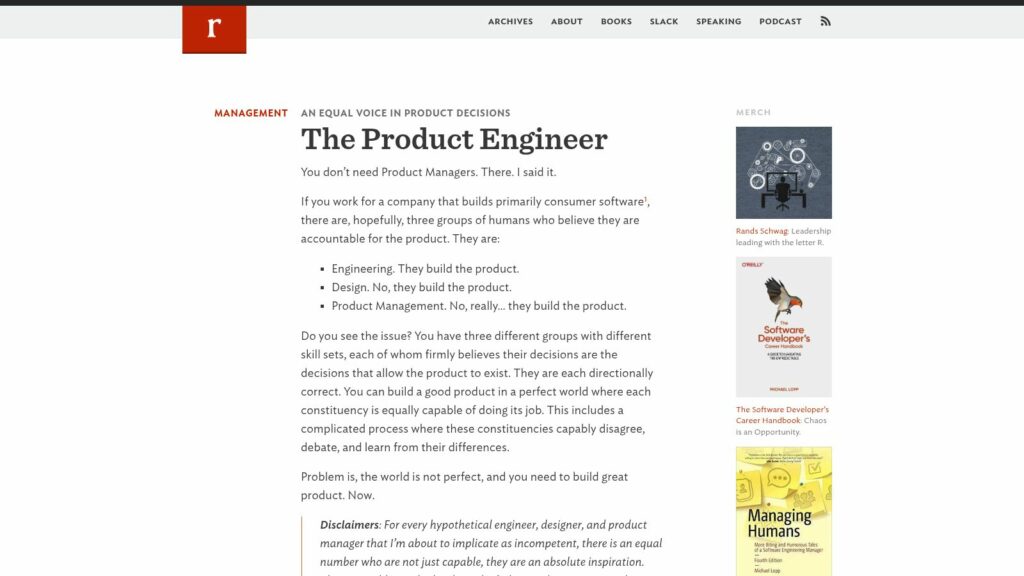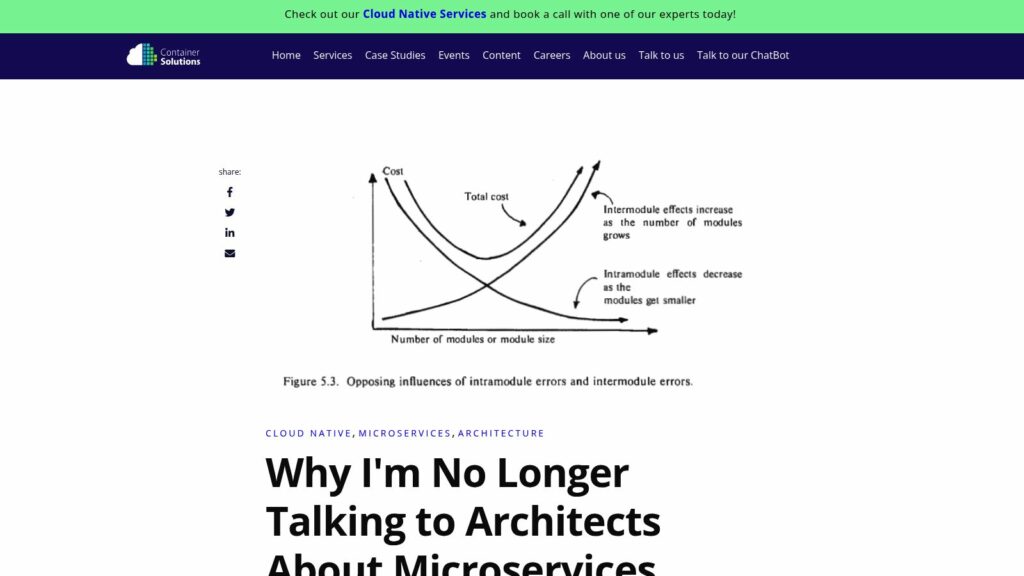WebAssembly
WebAssembly (Wasm) is a binary instruction format for a stack-based virtual machine, designed for fast, portable web applications. It enables programming language compilation for client and server, focusing on efficiency, safety in a sandboxed environment, and open debuggability. Wasm supports seamless integration with JavaScript and adheres to web standards, allowing access to browser functionalities.



